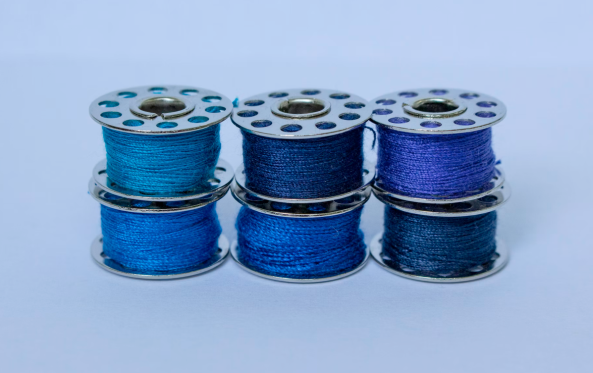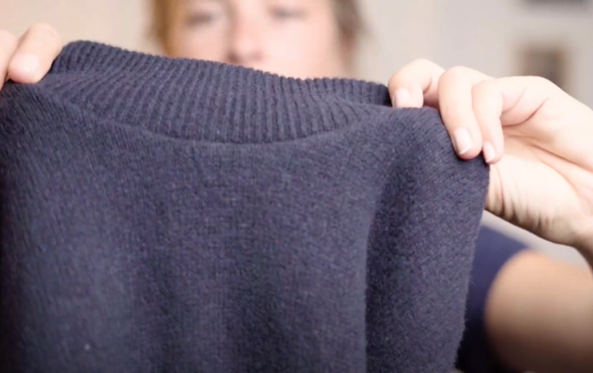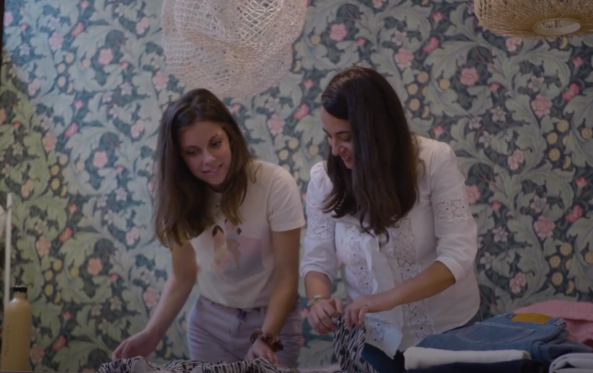
13th edition of Refashion Innovation Challenge
Refashion's Innovation Challenge is back for its 13th edition! Find out more about the call for R&D projects and how to apply!

Refashion's Innovation Challenge is back for its 13th edition! Find out more about the call for R&D projects and how to apply!

Pour la 2ème édition de son appel à projets annuel dédié au réemploi, Refashion soutient 35 projets en France métropolitaine et à La Réunion.|Pour la 2ème édition de son appel à projets annuel dédié au réemploi, Refashion soutient 35 projets en France métropolitaine et à La Réunion.
Project developers: Product development / Quality / Communication Partners: Consumers / Clothing alterations specialists

Product life duration depends on numerous parameters such as the choice of the materials used, the quality of blends, the sustainability of finishes, but also how the product is cared for by the consumer.
In order to extend product life duration, organisations can play a role in raising awareness and informing consumers on the importance of best product care and the solutions available to them.
Complexity of implementation
Estimated economic gain
Human means
Implementation timeframes
Try it! : Follow the sheet step by step and have a go!
Organise an internal meeting to define a strategy in order to raise awareness among consumers with respect to product care. To be effective, it is important that awareness-raising passes via varied communication channels (labels on the product, communication operations in shops, partnerships...).
Use figured data to allow consumers to understand the impacts of the use and care stages on their textiles.
Example : 14 000 litres of water per year are consumed by washing machines in French households, equating to the equivalent of what we drink over 12 years (Source : ADEME).
Affix care instructions deposited by the COFREET (Comité Français de l'Etiquetage pour l'Entretien des Textiles) as well as the Clevercare logo on the fabric composition label in order to best guide the consumer with respect to product care.
Product care symbols and clevercare.info logo are trademarks, GINETEX and COFREET co-ownership. Their use is reserved for COFREET members, who can put them on their textile products labels and on their communication supports.
On the brand's website, create a space dedicated to product care in order to extend product life duration (wash items less often at lower temperatures, reduce tumble-drying and ironing for example).
On the brand's website, create a shared space where consumers can post their care, repair and upcycling tips. Manage this space (organise challenges for example).
On the brand's website (and on social media), propose repair, upcycling or personalisation tips which are easy to implement.
Create a partnership with a clothing alterations specialist or propose repair workshops in shops to enable consumers to repair or transform their damaged products. Focus on one product per workshop (shirts for example: how to repair them, sew a button back on, personalise them from offcuts …).
Begin putting these workshops in place with a test session. If it is successful, the organisation can propose workshops on a more frequent basis, train personnel to oversee them, invest in sewing equipment etc.
Conduct a customer survey to understand which are the most frequent points of wear and tear during product use.
Orient repair advice according to customer survey feedback on brand products.
Informing and raising awareness among consumers is not one of the objectives of the brand.
The brand may however use this support as a means of communicating on its eco-design commitments.

Helping consumers compare products

See the video of the Au Juste brand on the Nikita pullover.

Watch Marion and Maria telling us about the Balzac Paris brand